Dave Coster Talks Casters
Shelling Out
While it’s possible to get by with baits like maggots, worms, cooked hemp and dampened pellets that have been fridged for a week or two, casters need to be much fresher to work their magic. Stale, grey, rubbery or bag-burnt ones are a waste of time, almost as bad as putting washing up liquid in your swim. Preserved shells don’t perform well either, even if they look the part. It’s only fresh casters, with no hint of any unpleasant odours, which can attract better-quality fish. Maggots may still be used more widely because they work out cheaper and are less hassle to keep. However, casters are like using a premium grade fuel, costing more, but capable of providing better performance. It’s a bait that can unlock a different world, brilliant at fooling tackle shy species and attracting elusive bigger fish into feeding.
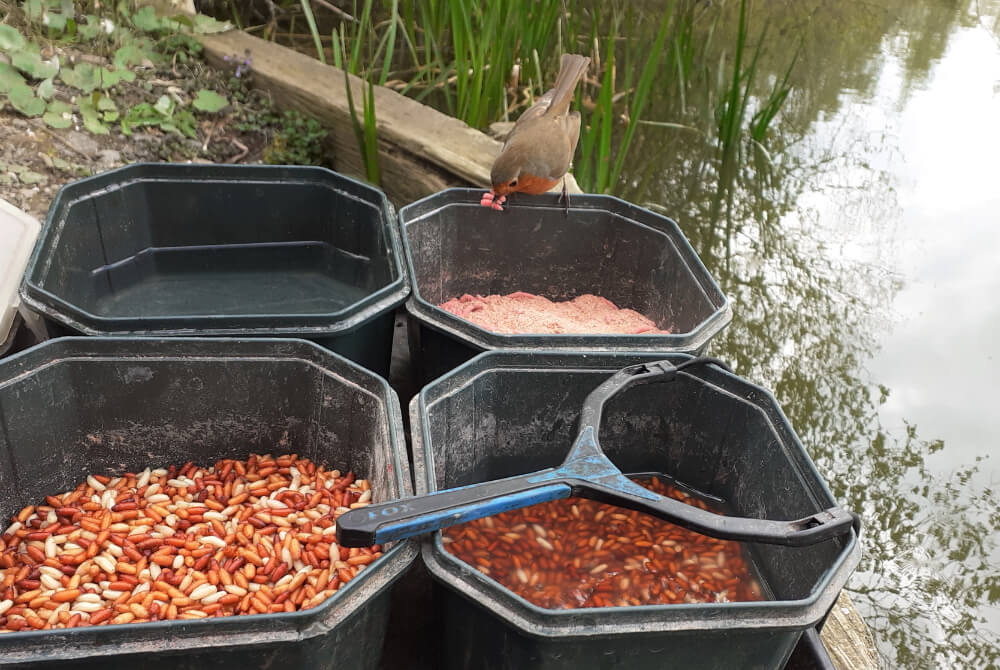
Keeping Well
Casters in heat-sealed polythene bags might be stale; it’s hard to tell until they are taken out. Dead ones quickly turn black and mushy when exposed to air, becoming next to useless. Knotted bags are usually okay after casters have been freshly run off by a tackle shop or bait farm, but still require daily opening. Letting some air in and giving the contents a good shake prevents suffocation and skin discolouration. Self-sealing plastic bags are better if you want to keep casters in tip-top condition. Bag burn is less likely from these, because they are not quite as airtight as knotted versions, although they still need to be opened regularly to let the contents breathe properly. If fresh casters are fridged and aired correctly, they can be stored for several days. To stop them from getting too dark, covering them in water in a bait box buys extra time.
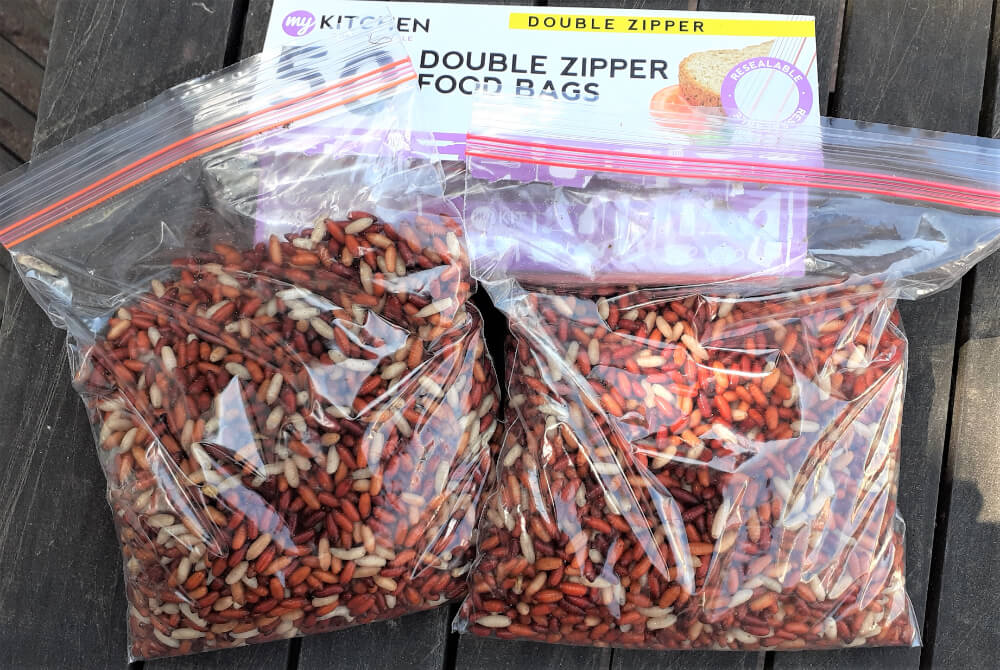
Additional Care
There are more ways of keeping casters fresh. After going to all the trouble of getting them to the bank in optimum condition, they will quickly cook if they become hot in sealed plastic bags. An insulated cool bag prevents this, also keeping other bait in good nick, especially if it’s not needed straight away. This type of luggage is essential for long-winded trips, especially during the summer. The bagged casters in this instance came from Tackle and Bates, who cleverly put them in a brown paper bag before sealing them in a plastic outer layer. This trick keeps them alive longer and prevents bag burn. Another way to avoid the latter problem is to store casters in black bin liners, which are great for transporting large amounts on holiday trips. As long as there is minimal air inside and everything is kept cold, the bait will stay healthy for several days.
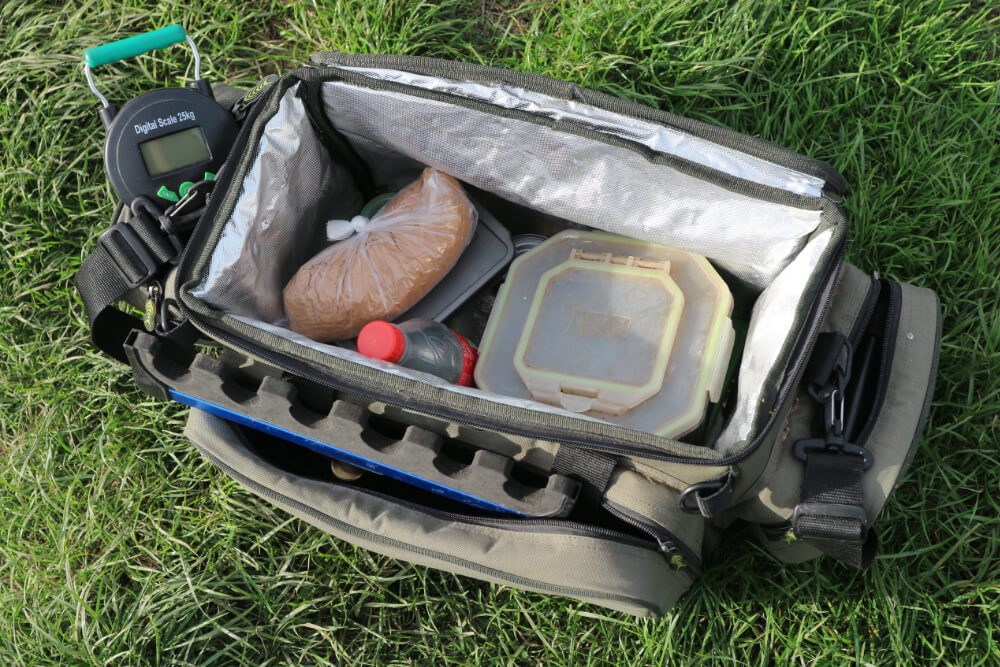
Hemp Booster
Hemp traditionally combines well with casters. The cooked seeds provide extra bulk when loose feeding, whether alternatively putting in small amounts of each bait, or mixing both together. This works well with top and bottom attached river floats, wagglers and straight bomb rigs. There are options for preparing hemp yourself or buying it ready-cooked. The tinned variety is popular, but it can vary size-wise. When it’s a decent quality, I note the batch number and stock up with extra cans. Hemp and casters also work well in dark groundbaits, which can be fed by catapult, cupped in, or cast out in suitable swimfeeders. Tinned hemp is particularly active, popping and fizzing rich oils to the surface. This tends to attract fish quickly, as do hemp-based groundbaits, which are effective when used in Edge Groundbait or Plastic Cage Feeders.
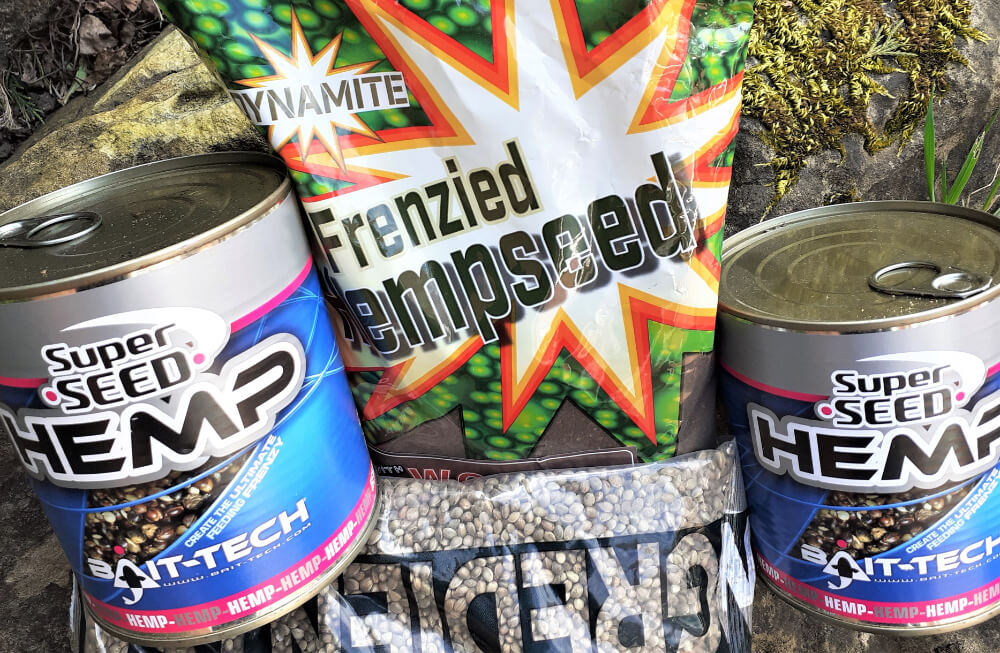
Worm Power
Chopped worms are another bait that can enhance how casters perform, especially when targeting big roach, bream, perch, tench, chub and hybrids. Adding loose casters to chop in a pole cup is a popular tactic, particularly when fishing tight to far bank features on canals, drains and narrow rivers. Chop and casters can also be added to groundbait mixes, but it’s best to do this in small amounts when needed, rather than dumping in big helpings in one go. The latter way tends to make groundbait go stodgy and less easy to use. Special multi-blade scissors make chopping or mulching worms a much faster task, making sure not to sour groundbait with too much of the peat they are supplied in. Adding a few handfuls of micro pellets to worm and caster groundbait mixes helps to add some extra colour and even more holding power.
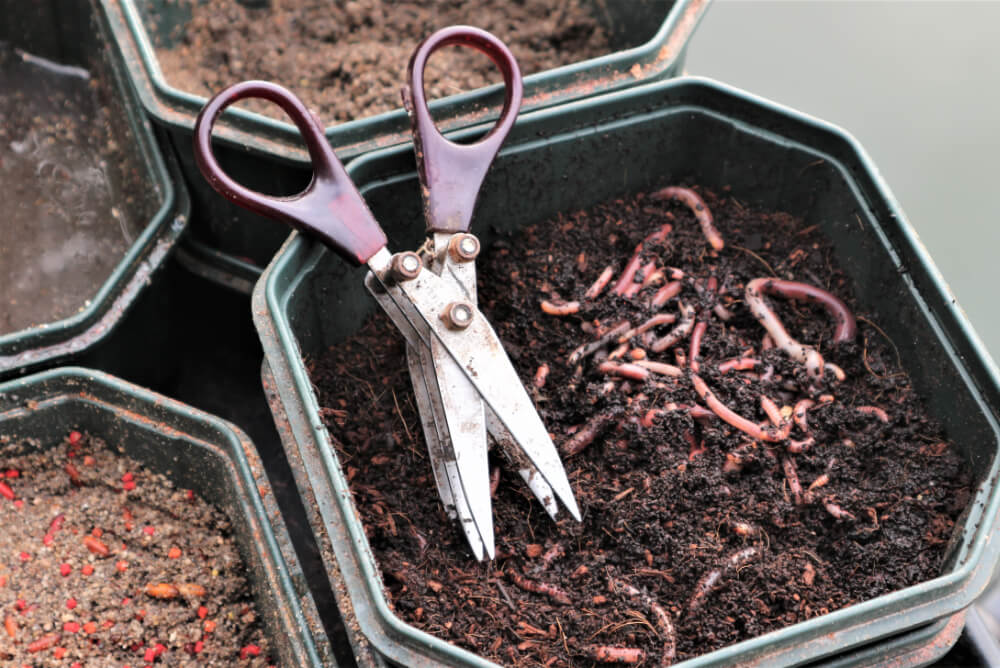
Groundbait Sense
Groundbait in hard ball form can be thrown by hand or catapulted, but those ways are less used these days, in the quest for greater accuracy. Feeder anglers tend to rely more on spodding an initial good bed in with large quick-release cage designs, while with pole tackle, cupping groundbait makes sure it goes in inch perfectly. Cupping also allows more diverse consistencies, ranging from hard to soft balls, even loose particles for an instant cloud effect. The latter way helps to attract quick interest in stillwaters, along with a few casters and maybe some maggots. Casters work particularly well with groundbait when loose fed over the top, helping to concentrate quality fish over it. Balling stiffer groundbait mixes is more common on rivers, to get baits like casters, pinkies and chopped worm hard on the bottom.
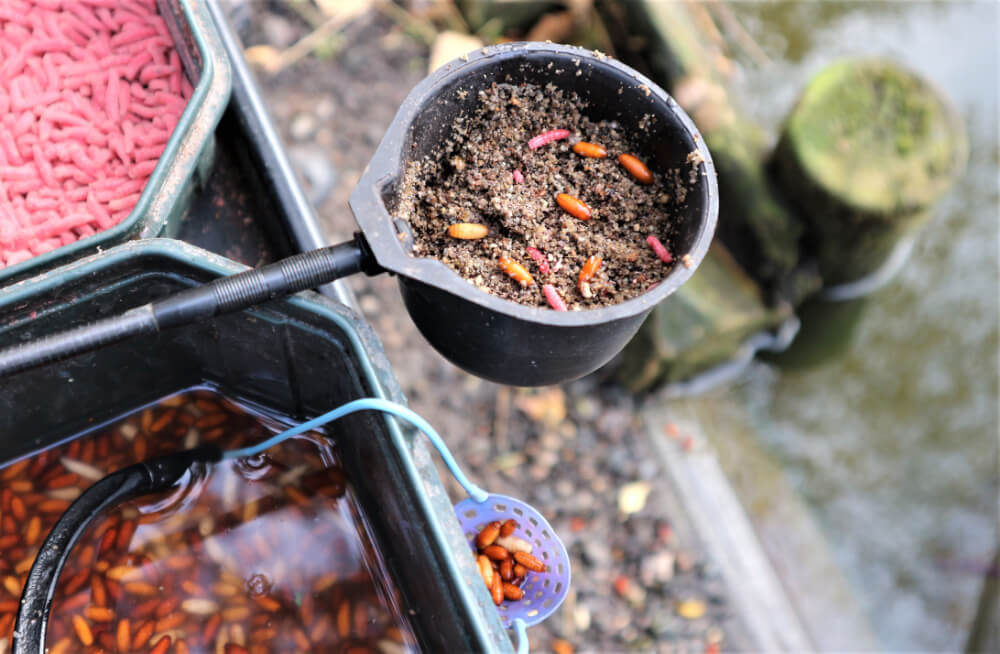
Handy Work
Feeding groundbait and casters by hand is still very effective with whip tackle. When there are lots of fish shoaled up in venues like canals, rivers and drains, it’s hard to beat fishing to hand with a long line rig. Using the Cadence CP200 Whip at greater lengths, requires bigger pole floats, like the Edge N6 Natural Venue Float in its 2g to 5g sizes. This attacking approach can be very effective for quality silvers using casters, combined with fairly strong tackle because bonus species like tench and big perch might turn up. The whip is also highly effective for dace and bleak in rivers, accounting for mega hauls of these smaller species. It gives less favoured swims, which the form book suggests are devoid of enough bigger fish to win anything, a more competitive edge. When whip tackle performs well, there is nothing that can compete with it, speed wise.
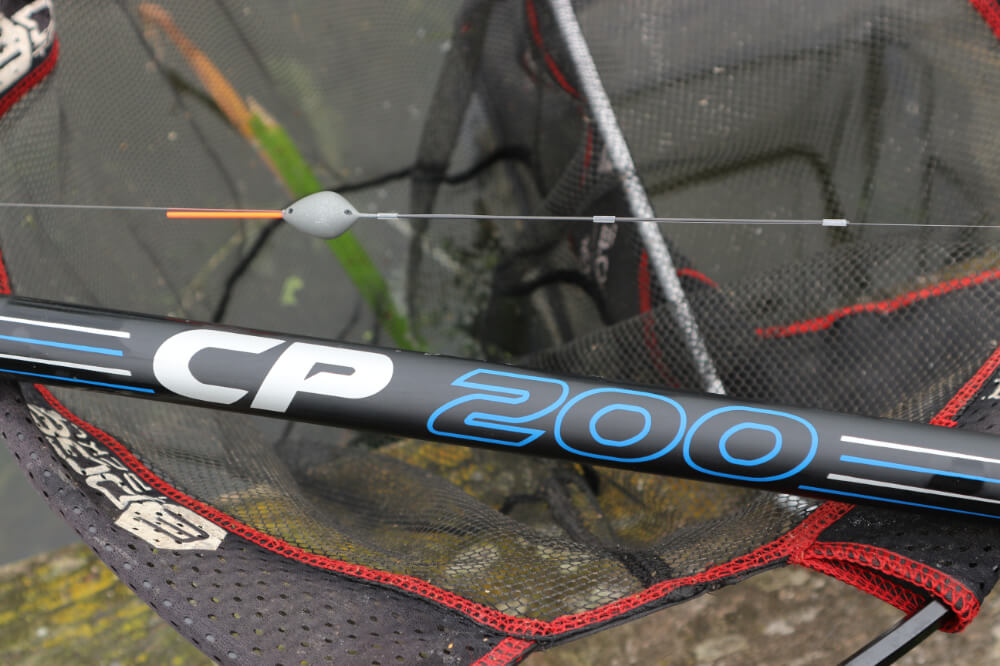
Hook Choice
Hook choice is a personal thing, finding a pattern that suits the way you fish, along with the type of bait being used. Fine or medium wire black nickel hooks, with medium shank lengths and round bends, match up well with casters. Spade end designs like these Hayabusa, Sensas and VMC ones are generally spot on. The VMCs are hardest to find, originally available in fine or medium wire gauges, staying sharp for ages. They first appeared in small plastic boxes, which were great for fitting into already cramped seat box drawers. The Sensas 3405 Black Nickel pattern has been around for a long time. It continues to be a big favourite for caster fishing, particularly the unusual intermediate size 17, which is brilliant for presenting single offerings. Hayabusa EB12871s are very similar, but again you need to shop around to find them.
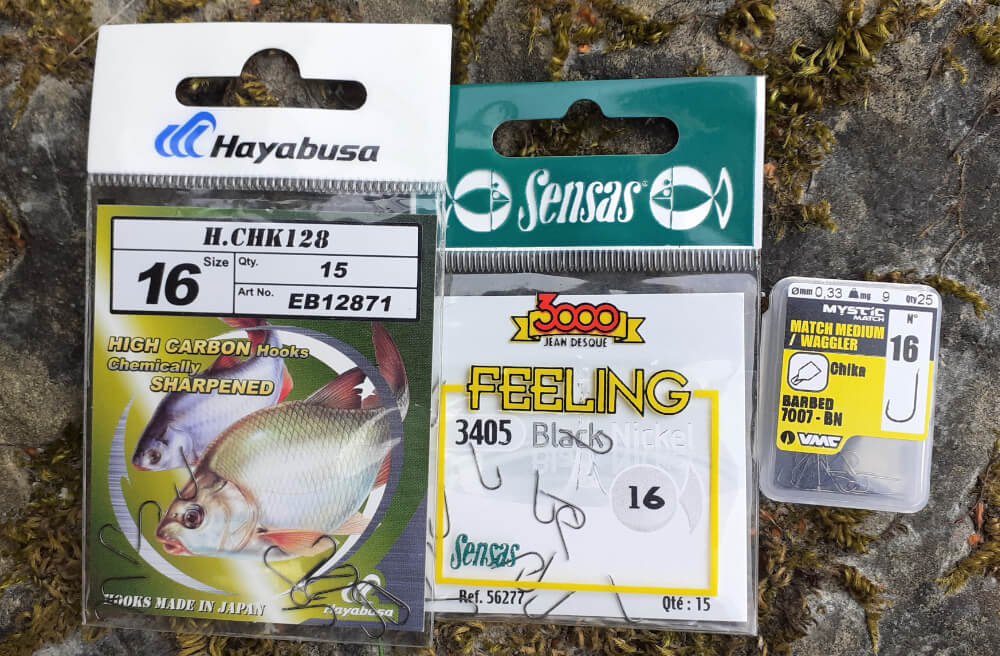
Weighting Game
Cube shaped micro shot help to present casters more effectively, both with pole and running line tackle. These tiny weights fall through the water in a superior manner, helping to make single offerings behave as naturally as possible. I normally spread out two or three number 10s on a long hook length with pole rigs, below an olivette or spread bulk of bigger number 8s. Spread bulks are particularly good at teasing bites from fish like big roach when pole fishing. On a tight line, they slow down the way rigs fall through the water, gaining crucial extra interest from shy biters. I step up to number 8s or 9s with waggler tackle, again on long hook lengths. One or two are positioned below a micro swivel that joins up with the reel line. Traditional Styl pincers are good at nipping these weights on mono, which are speedier to apply than round micros.
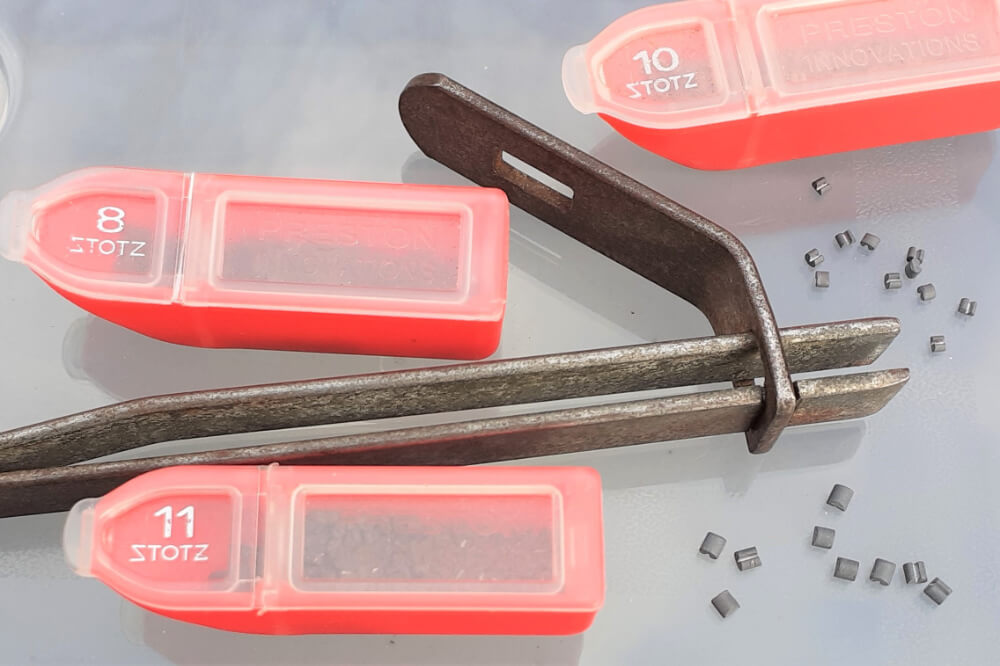
Pole Position
Most of my shallow to medium depth caster orientated pole rigs rely on cube shaped micro shot, usually the Preston Stotz design. However, I only buy these when they feature a nice dull grey finish. Some batches are too silvery for me, so I switch to the similar but darker Grippa Stix that float maker Nick Gilbert supplies by mail order. The Edge Tackle N5 in its smaller 0.5g and 0.75g sizes is a positive pole float to combine with shot only rigging, also the more streamlined Edge Tackle N1 in 0.2g to 0.5g gauges. I only think about using olivettes with pole floats that carry upwards of a gram, but even then have a few with slightly strung bulks of number 8s. It might be tedious making these tackles up with large numbers of tiny weights, but the different presentation is worth the effort. I’ve landed so many big caster roach from deep water swims using them.
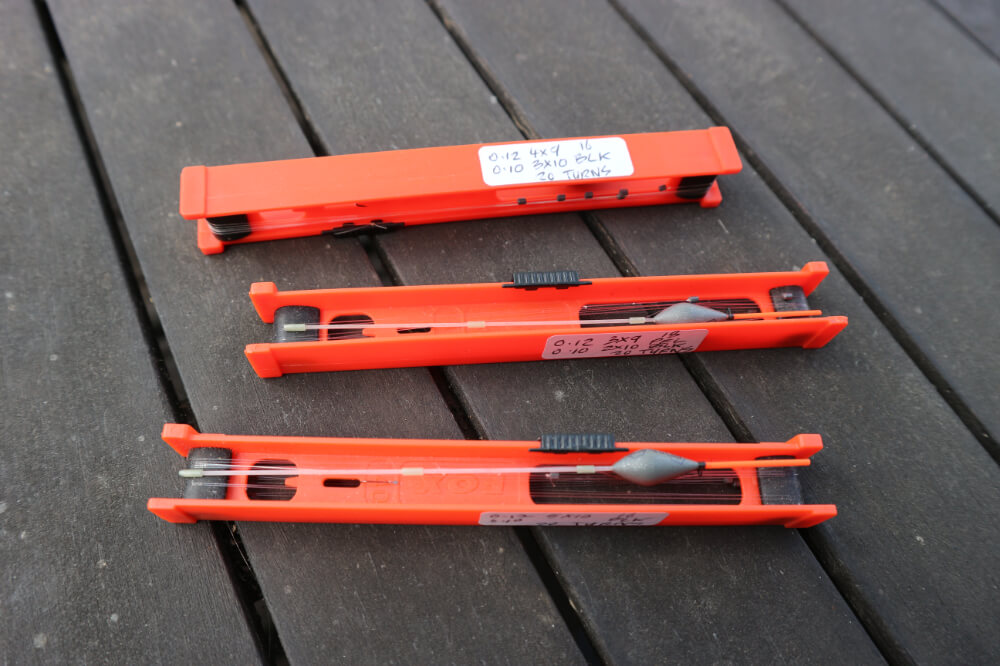
The Other Side
Many of my most memorable caster fishing escapades have involved waggler fishing across to the far bank on canals, drains and smaller rivers. I love having this spare but important feed line when match fishing, normally switching to it late in events, after the pole has dried up. I lost count of the events I’ve won or framed in ages ago, thanks to a hectic last hour or two bagging up with quality caster fish. It might have been roach, skimmers, weighty chub, even the odd lump of a carp, I really didn’t mind. Most big fish love to hug the far side of less wide venues, especially if there are any features like overhanging foliage or moored boats. If you exploit these areas too early they tend to quickly dry up, but by being patient and continually feeding them while doing something else, it’s possible to nurture far bank fish into a late feeding frenzy.
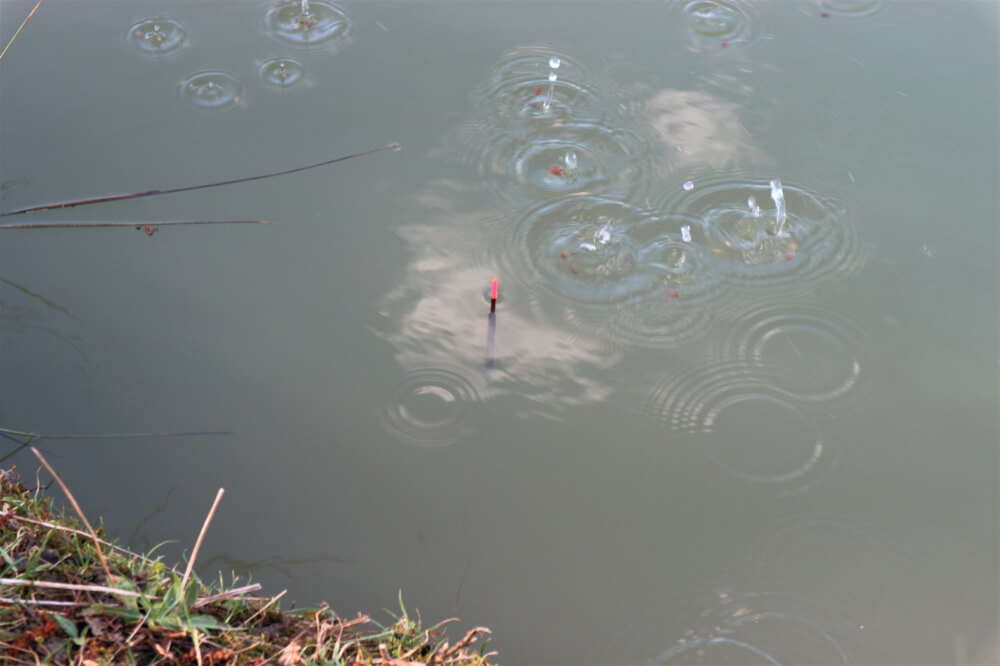
Still Working
In these pellet orientated days, casters are less used, but they still retain the ability to unlock better quality fish, particularly bigger bonuses like this tench. This one was tamed with a Cadence CR10 12ft Match #3 two-piece float rod, which is brilliant kit when there’s chances of larger species muscling in on busy waggler sessions. Cadence rod action ratings are subtle, nowhere as brutal as some brands. This means the super-fast action 3# is still forgiving enough to handle any smaller fish, which invariably butt in while targeting bigger species. The CR10 13ft Match #2 three-piece is another float rod capable of dealing with big fish like this, again with a more subtle power action than most. I bring that into play when bigger casts are required with the waggler, and for trotting stick floats on bigger rivers with the hemp and caster combination.
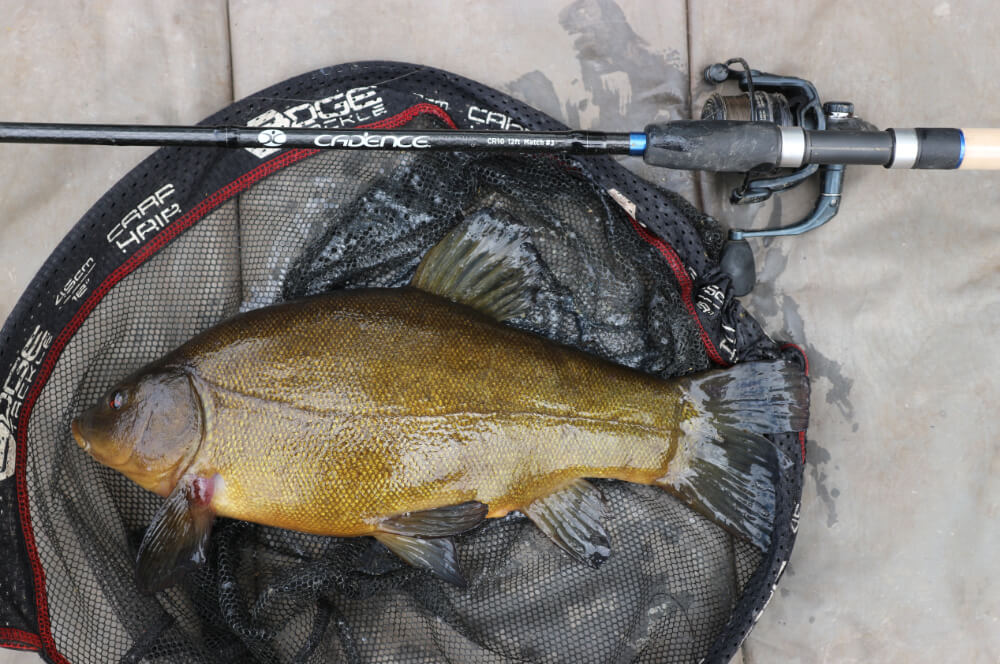

Had my best catches using Casters and hemp culminating in 150lbs+ of Barbel back in 2005